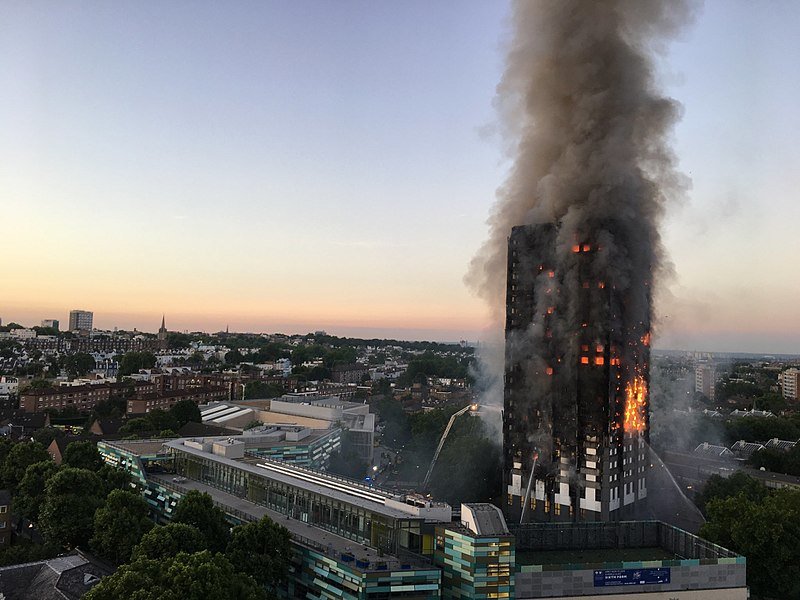 Only three social housing tower blocks have had flammable cladding fully replaced since the Grenfell Tower tragedy, official figures have revealed.
Only three social housing tower blocks have had flammable cladding fully replaced since the Grenfell Tower tragedy, official figures have revealed.
The figures published yesterday by the Ministry of Housing, Communities and Local Government, as part of the Building Safety Programme, show 160 social housing buildings have failed safety tests in the last six months.
The latest update shows 57 have started to remove the cladding. Of these, 26 buildings have had all the cladding removed.
Of these, nine have started to install replacement cladding and, of these, just three buildings have reported the installation work is complete.
Unlikely to meet regulations
The figures also show the number of residential buildings over 18 metres high and public buildings in England where aluminium composite material (ACM) cladding is installed is now 312.
Of those, 299 have cladding systems that the expert panel judges to be “unlikely to meet current building regulations guidance” and “therefore present fire hazards”.
The figures also show 63 local authorities in England have at least one residential building over 18 metres high, or one public building with ACM cladding, which are “unlikely” to meet building regulations.
Labour’s shadow housing secretary, John Healey, said it “should shame ministers” that the cladding on only three social housing buildings have been replaced.
Off the pace
“Ministers have been off the pace at every stage in their response to the terrible fire at Grenfell Tower,” said Mr Healey.
“Only one in four Grenfell survivors have a new permanent home, the Government still can’t confirm how many high-rise buildings are unsafe and ministers are refusing to help with any funding for essential fire safety work in the blocks they do know are dangerous,” he added.
Speaking in Parliament yesterday (22 January), the communities secretary Sajid Javid, defended the Government’s track record when it came to helping local authorities with fire safety repairs in the aftermath of Grenfell Tower.
“The Government will consider providing financial flexibilities for local authorities to undertake essential fire safety work to make buildings safe,” said Mr Javid.
“We have not turned down any requests for such flexibilities. Separately, we have provided funding to local authorities for the collection of data on private buildings.”
Improvement work
He also confirmed, as previously reported by SHP, that 36 local authorities have so-far contacted his department for financial help for improvement work.
“We have requested further information from 10 of them, and four have provided it,” he told MPs.
“As I said a moment ago, however, we are ready to provide any local authority with whatever financial flexibilities are necessary to ensure that all essential fire safety work is done.”
Fire Safety in 2023 eBook
SHP's sister site, IFSEC Insider has released its annual Fire Safety Report for 2023, keeping you up to date with the biggest news and prosecution stories from around the industry.
Chapters include important updates such as the Fire Safety (England) Regulations 2022 and an overview of the new British Standard for the digital management of fire safety information.
Plus, explore the growing risks of lithium-ion battery fires and hear from experts in disability evacuation and social housing.



Just as I thought, the government are too busy worrying about Brexit negotiations to even govern the country with any effectiveness